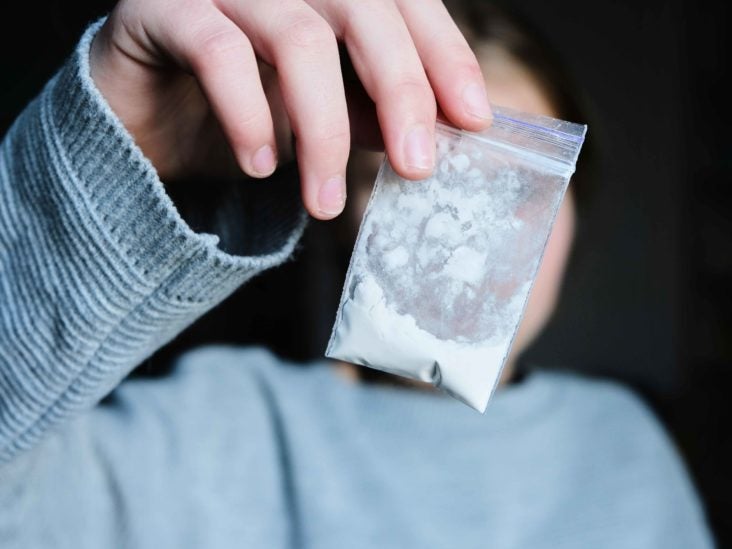masonsmith
What Is DMT?

nown as the "spirit molecule" or DMT, this chemical has been known to induce intense psychedelic experiences. It has a long history of ceremonial use, and certain religious tribes in Central and South America have been legally using it for hundreds of years. However, there is little scientific research to support the use of DMT as a treatment, and it is currently categorized as a schedule I substance by the Drug Enforcement Administration.
DMT is a compound that is naturally produced in mammalian brains. It is the active ingredient in ayahuasca, a psychoactive drink used in spiritual rituals by South American natives. It is also available as a powder, and is often snorted, vaporized, or smoked. It has been studied by researchers who need to have their experiments approved by the DEA, but it has not been approved for medical use in the U.S.
DMT has a number of different forms, and the experience varies from person to person. Some users report seeing God, and communicating with alien-like beings. Others experience loss of touch with reality, and fear and uneasiness. Still others experience geometric shapes and moving living things. In addition to these hallucinations, many users report feeling an intense sense of euphoria, a loss of control over their bodies, and a loss of personal identity.
DMT can be dangerous when taken improperly or when combined with other drugs. It can cause a life-threatening condition called serotonin syndrome. It is best to take DMT responsibly with a shaman, and to consult a trained medical specialist before taking it. Some advocates suggest that DMT can be a valuable tool for patients with personality disorders, but more research is needed to confirm this.
DMT is most commonly smoked or vaporized. It is extracted from the Mimosa hostilis shrub, which grows in Mexico. It is also available as a brownish-red liquid when it is mixed with ayahuasca. It can be imported into the United States via legal loopholes.
The primary goal of DMT is to trigger a spiritual experience. It is thought to mimic the experience of humans during death. People who have experienced DMT have described being in a state of near-death, and they also report communication with extraterrestrials and a loss of personal identity. Some people reported changes in their outlook on life and increased ease.
DMT has a number of side effects, and some may last for days after the initial trip. Some common physical and emotional effects include nausea, hypertension, and dizziness. Typically, DMT is snorted or vaporized, but it can be taken orally as well.
Some studies have suggested that DMT is a valuable tool against anxiety and depression, but more research is needed to determine whether or not it can help. It is also possible that DMT can have harmful effects on mental health, but it is not currently known.
In the 1990s, Dr. Rick Strassman initiated a revival of scientific research on psychedelics. He proposed that DMT is secreted by the pineal gland, a tiny organ located deep within the center of the brain. The pineal gland has been called the third eye and the seat of the soul. Interestingly, the pineal gland is not the only place in the brain where the neurons that make DMT are found. In fact, there are almost 1,000 proteins that make up the brain, and each plays a different role.
by masonsmith on 2022-12-14 01:01:51
No comments yet.